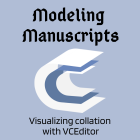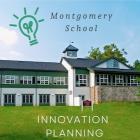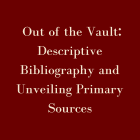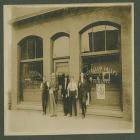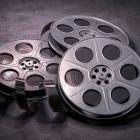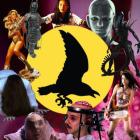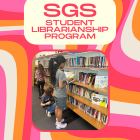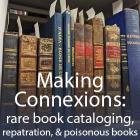
Making Connexions: Poisonous Books, Repatriation, and Rare Book Catalog Records
Rare books require special considerations when creating catalog records - ones that modern monographs do not. Working with Washington University’s Olin Library and their department of Special Collections, I learned about various fields that are of note in rare book cataloging, such as those regarding provenance and binding descriptions, as well as training on using OCLC Connexion and MARC. I demonstrated this training through projects such as identifying arsenical books (Winthrop’s Poison Book Project), identifying rare Jewish books and their provenance for repatriation, and cataloging a backlog of donations from the Hochschild family.

